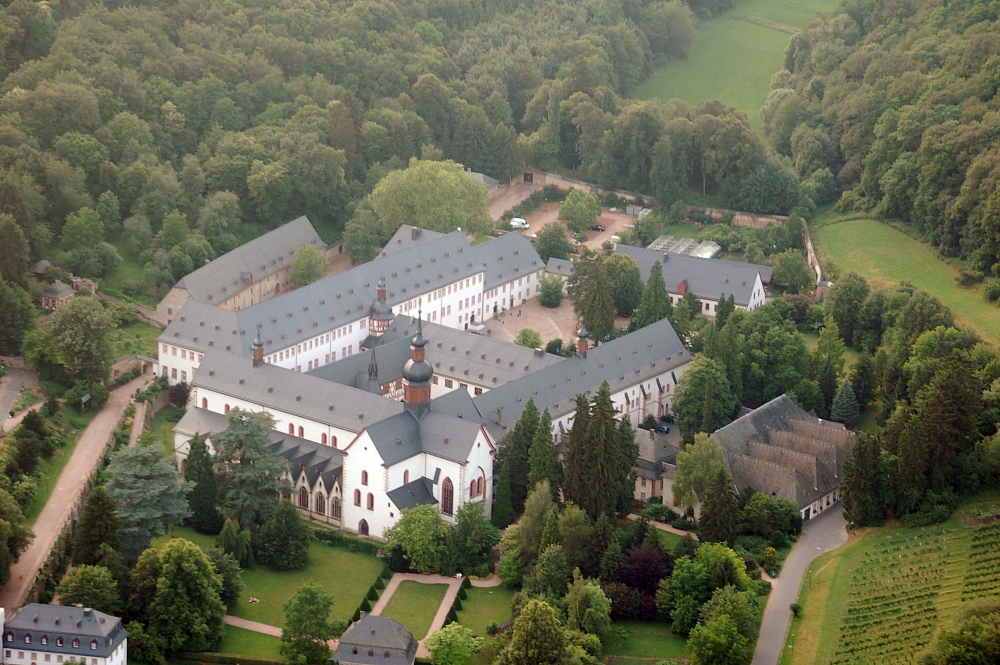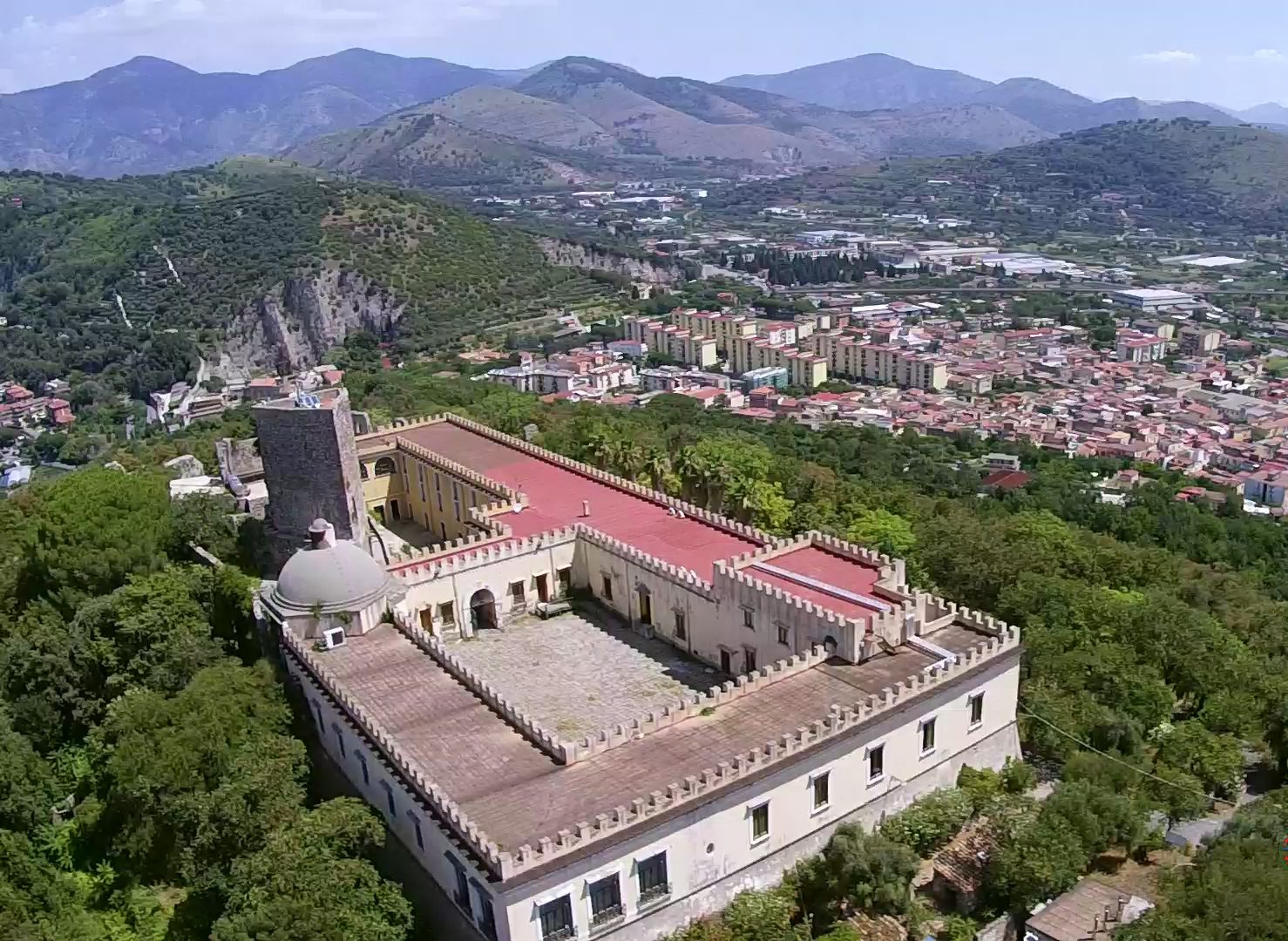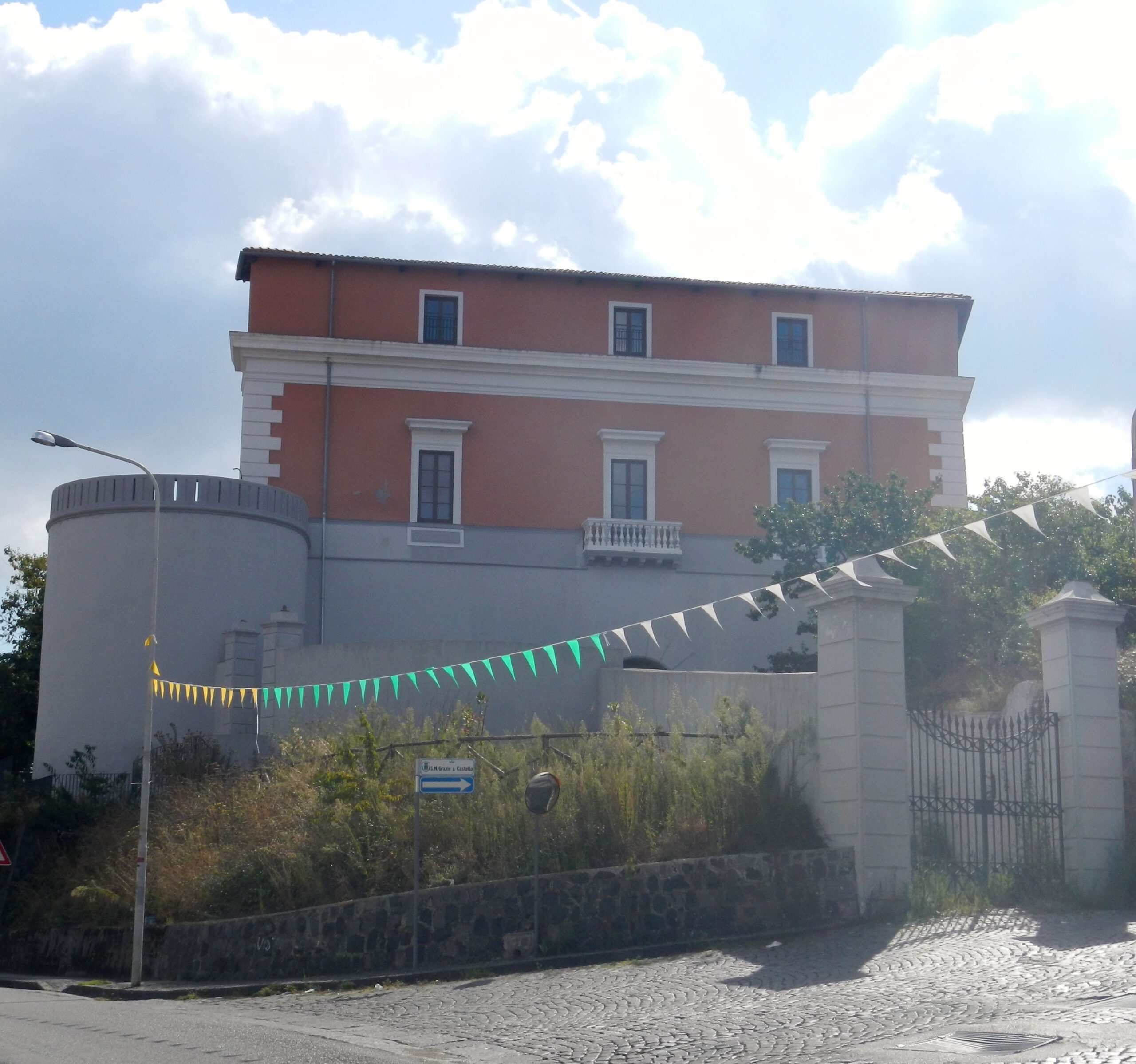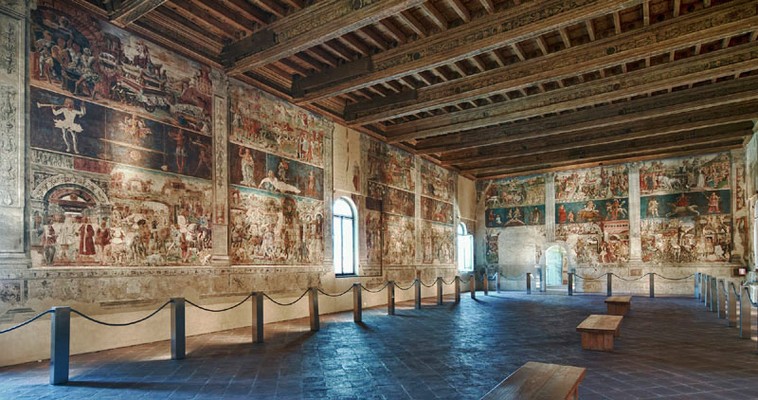Eberbach Monastery is one of the first places to start the production of Pinot Noir in Germany.Kloster Eberbach was founded in 1136 by Bernard of Clairvaux as the first Cistercian monastery on the east bank of the Rhine, on the site of a previous monastic foundation of Adalbert of Mainz, which had been occupied at first by Augustinian canons and then by Benedictine monks, which had however failed to establish itself.
Eberbach soon became one of the largest and most active monasteries of Germany. From it a number of other foundations were made: Schönau Abbey near Heidelberg in 1142; Otterberg Abbey in the Palatinate in 1144; Gottesthal Abbey near Liege in 1155; and Arnsburg Abbey in the Wetterau in 1174. At its height in the 12th and 13th centuries, the population is estimated to have been about 100 monks and over 200 lay brothers.
The lay brothers’ refectory, home to 12 historic wine presses of Eberbach Abbey
Eberbach Abbey was also very successful economically, principally as a result of profits from the cultivation of vineyards and the production of wine. At least 14 members of the family of the Counts of Katzenelnbogen were buried in the church. Among them was Count Johann IV of Katzenelnbogen, who was the first to plant Riesling vines, in a new vineyard in the nearby village of Rüsselsheim, when the monks of Eberbach were still growing red grapes such as Grobrot, the earliest grape variety recorded in Eberbach.
In about 1525 it is said that in the abbey there was an enormous wine barrel with a volume of between ca. 50,000 and 100,000 litres.
The abbey suffered severe damage during the Thirty Years’ War.
Today hhe vineyards of Eberbach Abbey were, at 300 hectares, the largest in medieval Europe. Most of them are now the property of the state of Hesse and are run by the Hessische Staatsweingüter GmbH Kloster Eberbach, which manages the largest connected area of wine production in Germany, comprising vineyards on the slopes of the Rhine Valley.













